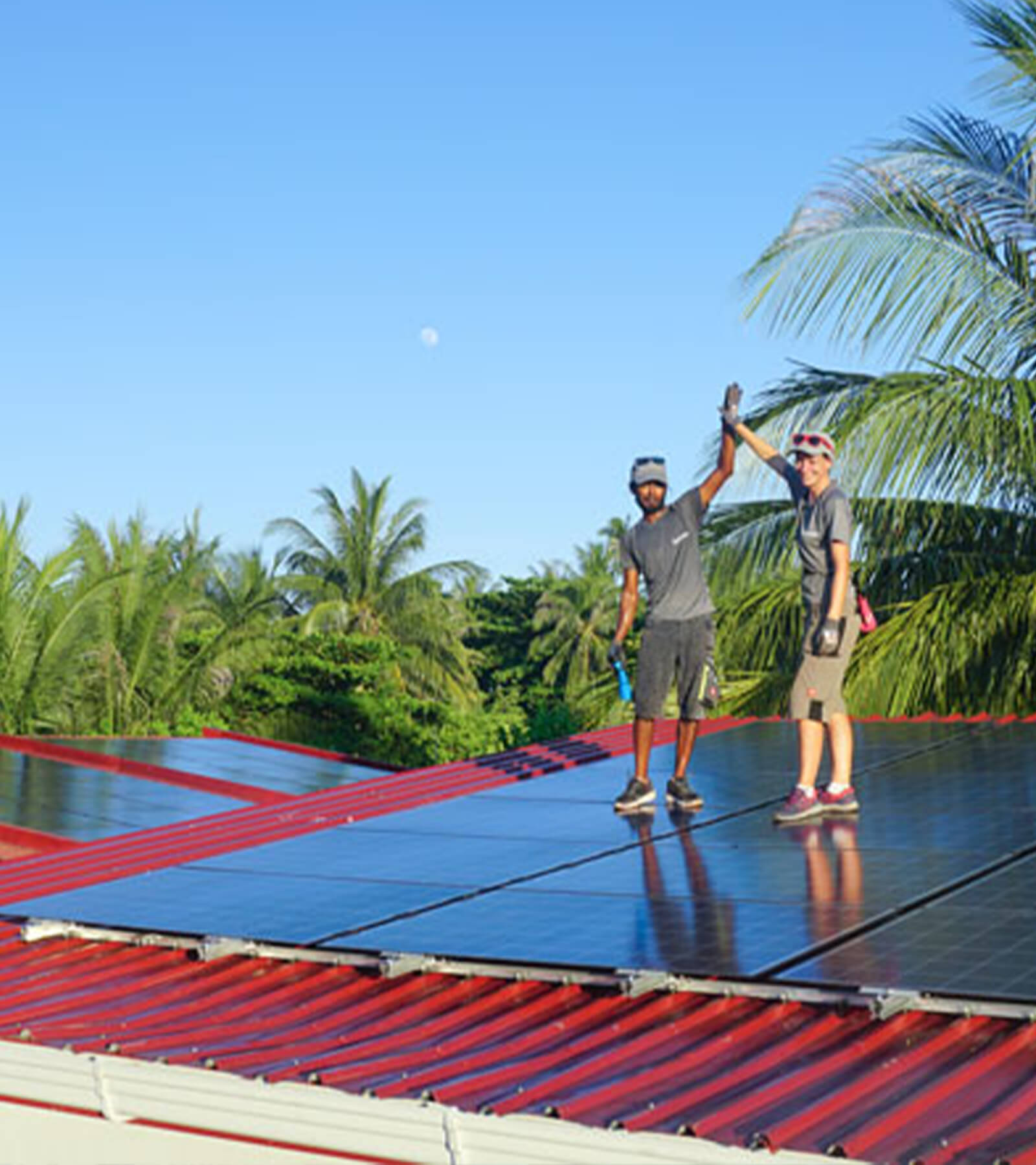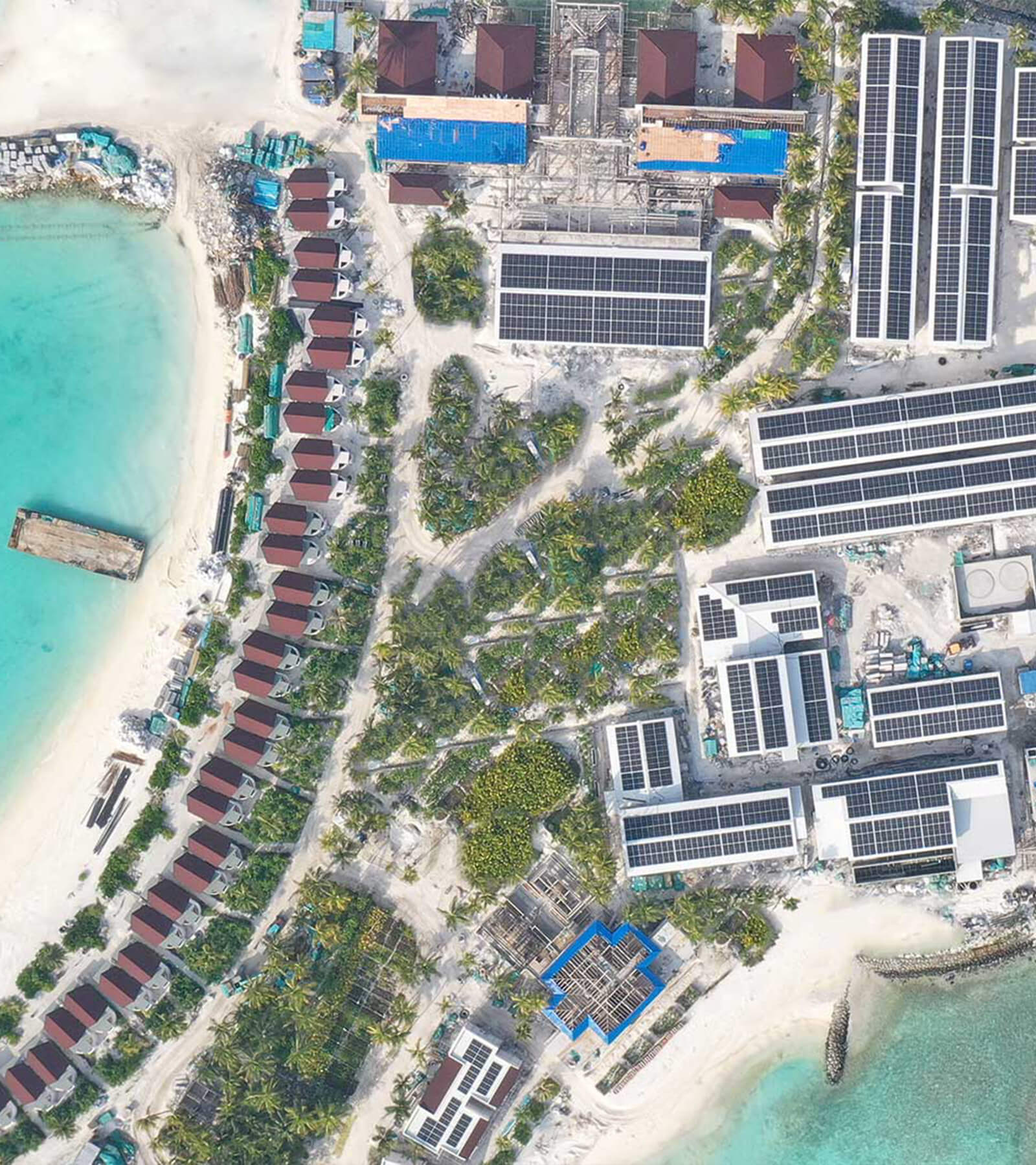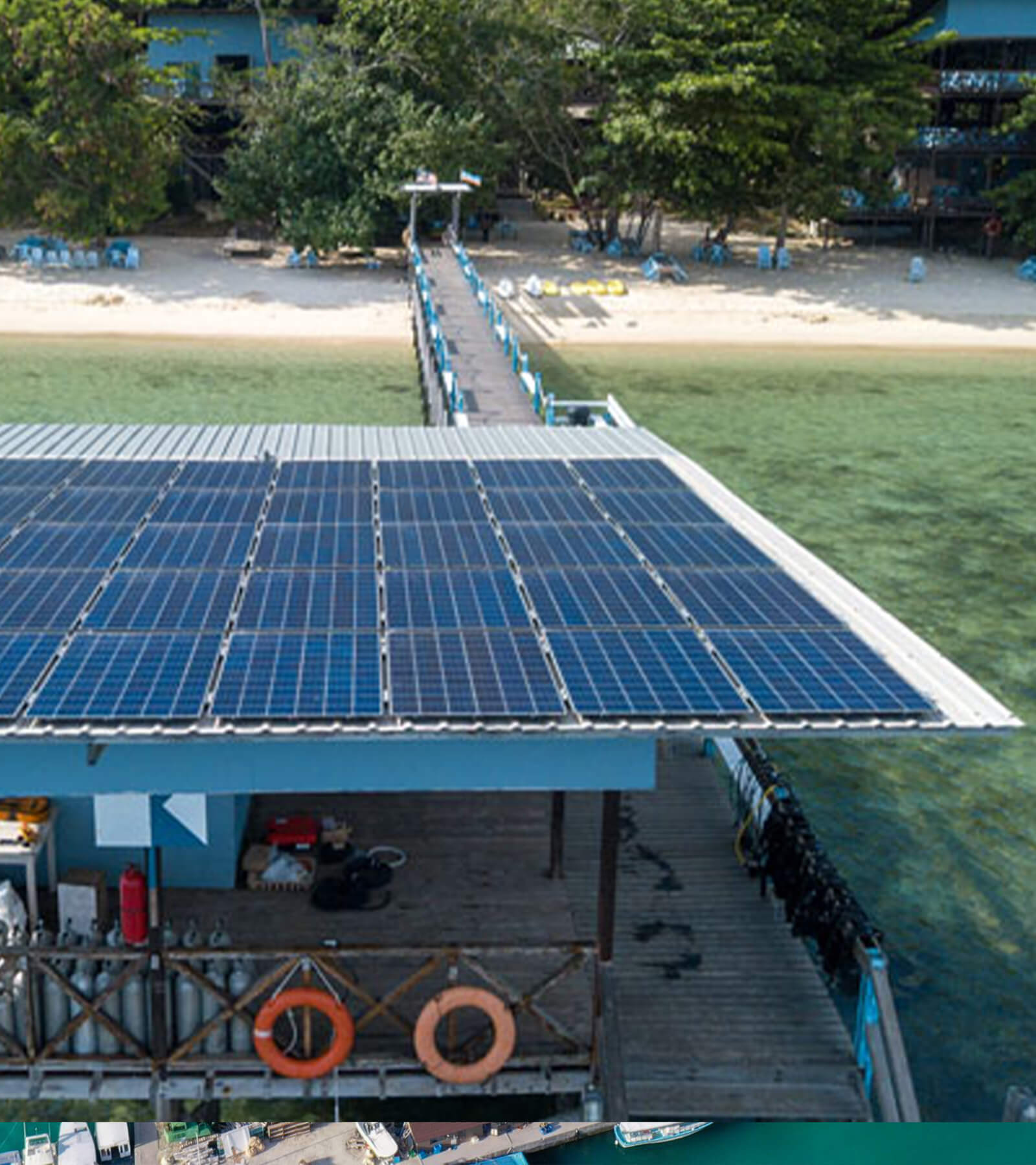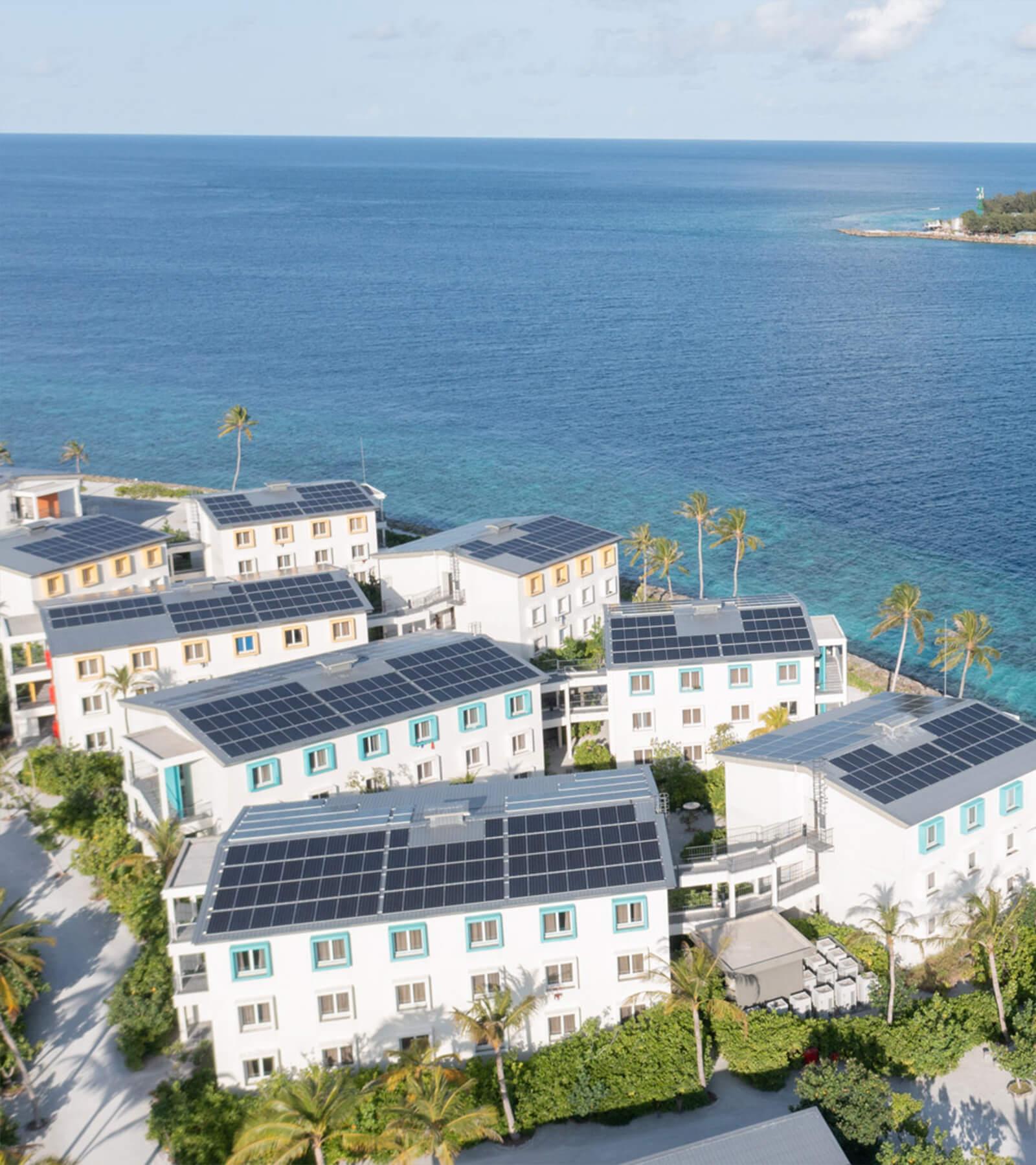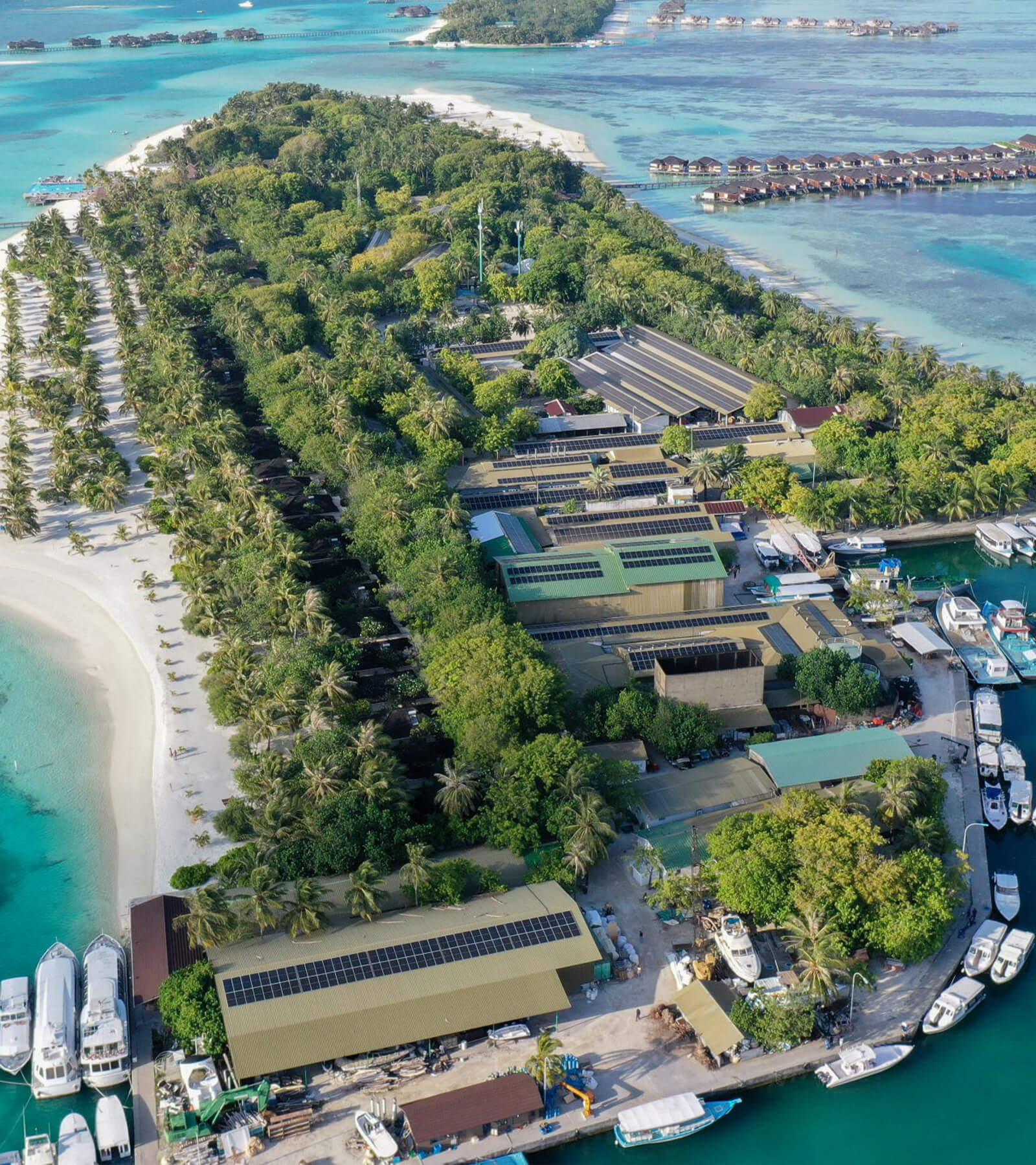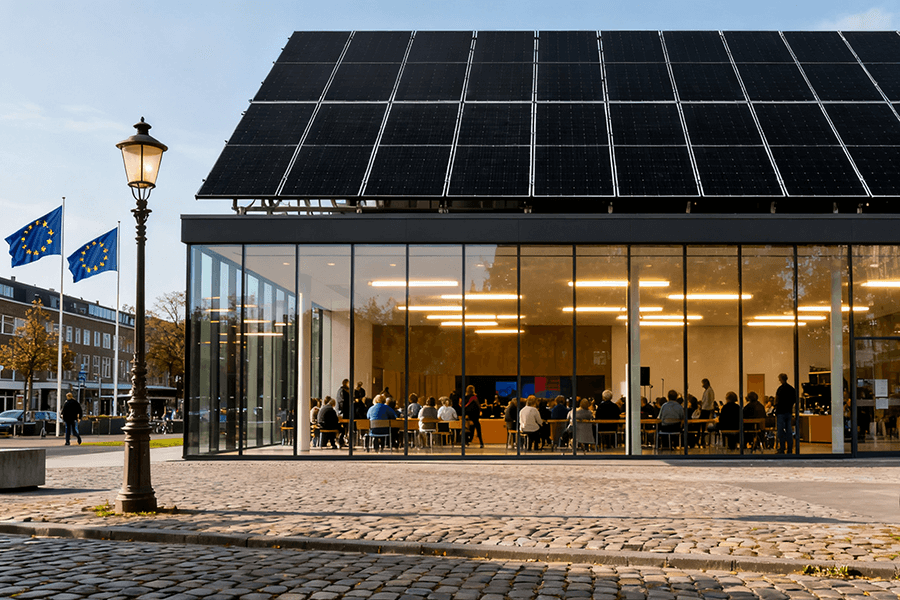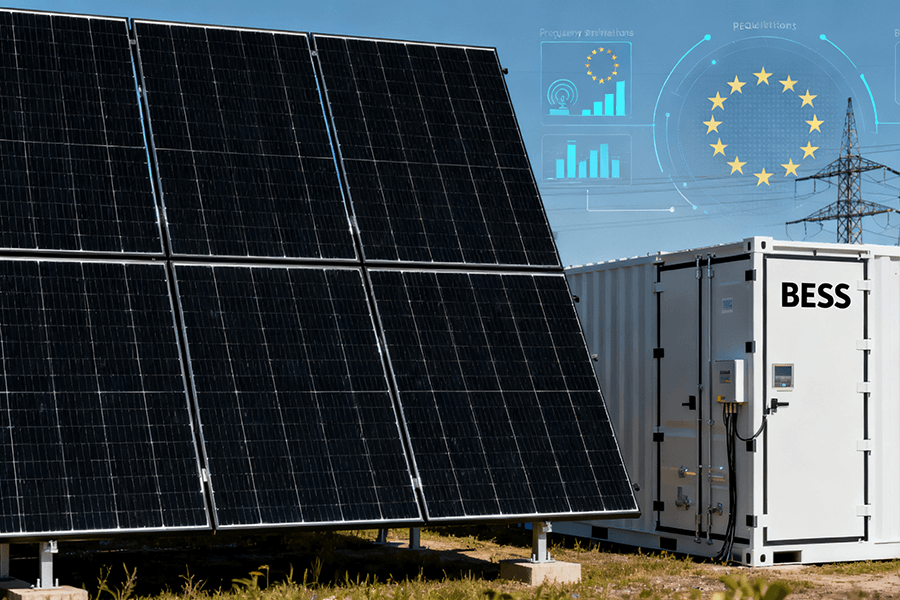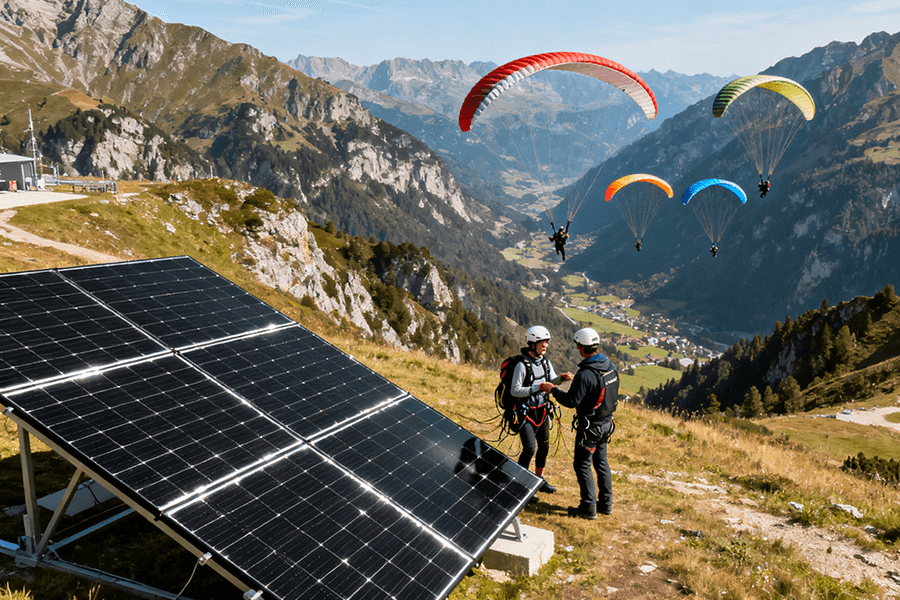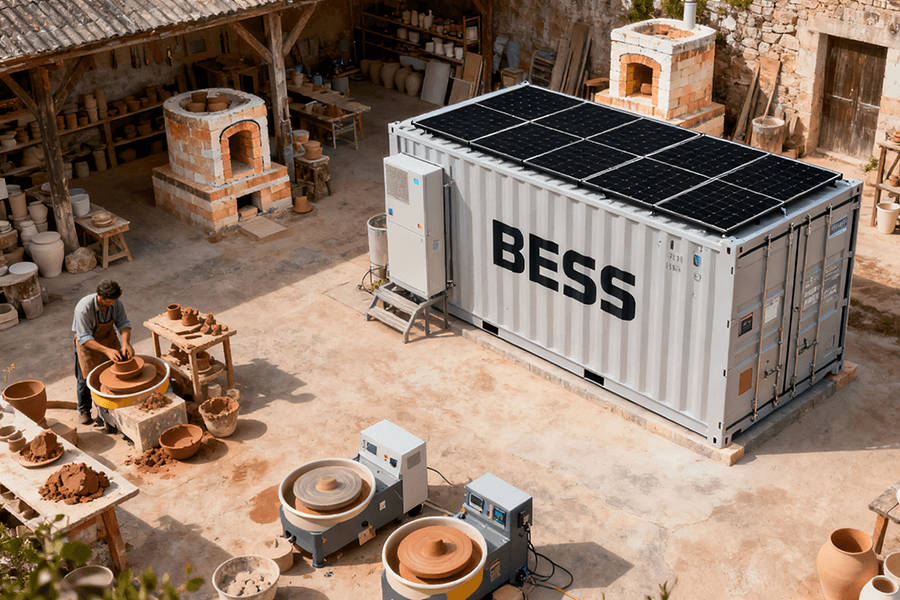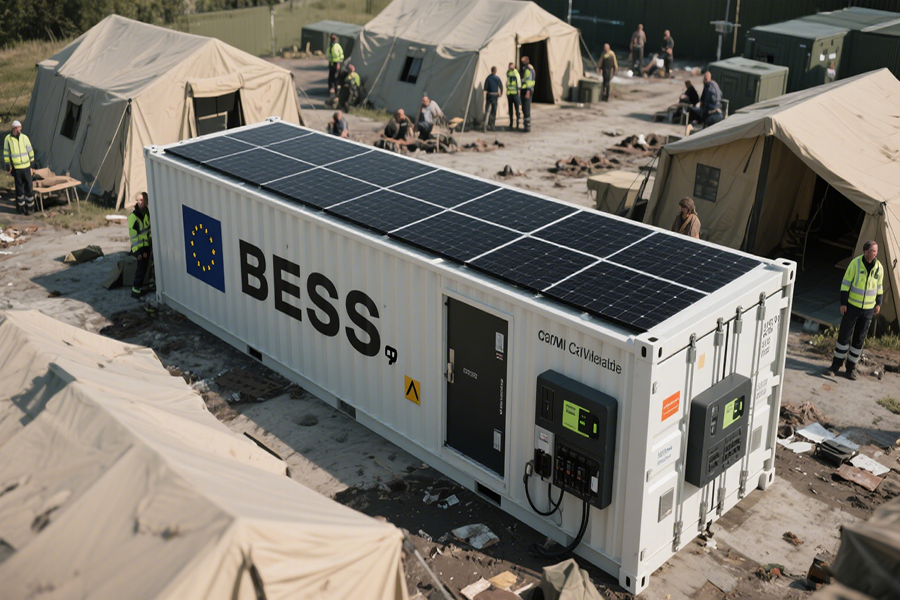
Let’s cut to the chase: 2025 isn’t just another year for EU disaster response—it’s the year “winging it” with backup power gets kicked to the curb. The EU’s Civil Protection Mechanism (CPM) just dropped a rule that’s as non-negotiable as wearing a seatbelt: 100% renewable backup power for every disaster shelter across the bloc.
Think about it—when a storm rips through a village or a public health crisis hits, power isn’t a “nice-to-have.” It’s the difference between a shelter being a safe haven and a chaotic mess. And if you’re wondering who’s going to save the day here? Spoiler: It’s not a superhero in a cape. It’s Battery Energy Storage System (BESS) Containers—your new post-disaster power MVPs.
Speed That Outpaces Disaster: BESS Containers as “First Responders”
Disasters don’t wait for power crews to show up—and neither should backup energy. BESS Containers are built for the “hurry up and help” mindset, and here’s why they’re outperforming traditional generators in the race to restore power:
Towable, Setup-Fast Design (No PhD Required)
Forget bulky equipment that takes a team of engineers to assemble. The star of the show? Towable 10-ft BESS units. These things are like the “fast food” of energy storage—quick, no-fuss, and ready when you need them.
You can hook one to a standard utility truck, drive it to a disaster site, and have it up and running in 60 minutes flat. To put that in perspective: That’s less time than it takes to watch a Marvel movie (credits included) or wait for a delayed train in Brussels.
Why does speed matter? Let’s look at the numbers:
- Medical ventilators (critical for post-storm/pandemic care) need power within minutes to keep patients alive.
- Emergency communication systems (think satellite radios, command center laptops) go dark in 2–3 hours without power—cutting off coordination between rescue teams.
With a BESS Container, you’re not just plugging in a battery—you’re plugging in a lifeline that beats the clock.
Solar-Powered Synergy: 72+ Hours of Uninterrupted Power
BESS Containers don’t hoard energy—they play nice with renewables, specifically 5–20 kW portable solar panels. Here’s how the dynamic duo works:
- Daytime: Solar panels soak up sunlight, charging the BESS battery (think of it as “topping up the tank” for the night).
- Nighttime/Cloudy Days: The BESS dips into its stored power to keep critical systems running.
The result? 72+ hours of continuous power for essential gear. To contextualize that, the European Commission reports that the average time to restore grid power after a major disaster is 5 full days (source: European Commission’s disaster response database). That means a BESS Container covers the “make-or-break” initial response phase—no fuel runs, no noise, no carbon emissions.
Check out the breakdown of power usage and endurance below:
| Equipment Type | Average Power Consumption | 72-Hour Power Requirement | BESS + Solar Coverage |
|---|---|---|---|
| Medical Ventilator | 1–2 kW | 72–144 kWh | ✅ Full Coverage |
| Satellite Communication Hub | 0.5–1 kW | 36–72 kWh | ✅ Full Coverage |
| Emergency Lighting (10 Units) | 0.1 kW each | 21.6 kWh | ✅ Full Coverage |
| Portable Refrigerator (Medicines) | 0.3 kW | 21.6 kWh | ✅ Full Coverage |
Tough Enough for EU Weather: BESS Containers as “All-Weather Warriors”
The EU’s weather is as unpredictable as a Eurovision winner—one minute it’s a Scandinavian blizzard, the next a Mediterranean heatwave. Amidst these climatic whiplashes, the Civil Protection Mechanism (CPM)’s Emergency Response Guidelines set stringent durability standards. BESS Containers not only meet but exceed these requirements, positioning themselves as indispensable assets for crisis management across the continent.
Waterproof, Dustproof, and Flood-Ready (IP67 Rated)
The vulnerability of conventional electronics in adverse weather conditions is well-documented. Consider this scenario: attempting to operate critical equipment during a downpour. The inevitable short circuits and malfunctions render such devices useless precisely when they’re most needed.
In stark contrast, BESS Containers boast an IP67 rating, a testament to their exceptional resilience. This certification means they can withstand:
- Complete submersion in 1 meter of water for up to 30 minutes
- Uninterrupted functionality even in the most challenging environments
This feature is particularly crucial for flood-prone regions across the EU. According to the European Environment Agency (EEA):
Flood-related disasters in the bloc have surged by 40% over the past two decades (source: EEA Climate-Related Disasters Report)
Countries like Germany, Italy, and the Netherlands, which frequently grapple with severe flooding, stand to benefit immensely from BESS Containers. These units don’t merely offer waterproofing; they provide a robust safeguard against the escalating threats posed by climate change, ensuring that essential services remain operational during and after flood events.
Extreme Temperature Tolerance: From -30°C to 50°C
The EU’s vast geographical expanse exposes it to a wide range of extreme temperatures:
- Finland: Bone-chilling -25°C winters
- Greece: Sweltering 45°C heatwaves
These temperature fluctuations can cripple traditional power generation and storage systems. For example, conventional generators often falter under extreme conditions, suffering from issues like:
- Fuel gelling in cold weather
- Overheating in high temperatures
BESS Containers, however, are engineered to thrive in such environments. Their advanced internal temperature control systems maintain optimal operating conditions, enabling them to function seamlessly across a remarkable temperature range of -30°C to 50°C.
This adaptability is not just a technical feat but a necessity, given the EEA’s report that extreme temperature disasters—including heatwaves and cold snaps—have increased by 65% in the EU since 2000. Whether blanketed in snow or baking under the sun, BESS Containers remain a reliable source of power, ensuring that emergency response efforts are never hindered by the elements.
Playing by EU Rules: BESS Containers and Civil Protection Integration
A great tool is useless if it doesn’t fit into the system—and BESS Containers are designed to slot right into EU and national civil protection plans like a puzzle piece.
Seamless Fleet Integration
The beauty of Battery Energy Storage System (BESS) Containers lies in their adaptability, eschewing the “one-size-fits-all” approach. EU member states can tailor these units to their unique geographical, infrastructural, and demographic requirements, ensuring maximum efficiency during emergency response:
Regional Deployment Strategies
| Country Type | Representative Example | Key Requirements | Optimal BESS Container Features |
|---|---|---|---|
| Rural & Remote | Sweden, Finland | High mobility, quick setup | Compact, towable units with solar charging capabilities |
| Urban & Dense | France, Germany | High energy demand, long-term support | Large-capacity containers with grid integration |
| Coastal & Vulnerable | Italy, Greece | Resistance to harsh environments | Waterproof, corrosion-resistant designs |
This customization flexibility doesn’t compromise standardization. All BESS units adhere to strict EU safety and performance criteria, enabling seamless interoperability across borders. A 2024 survey of EU civil protection agencies revealed compelling growth projections:
- 80% of respondents plan to expand their BESS fleets within the next three years
- 65% aim to deploy units in off-grid areas
- Average planned investment per agency: €4.2 million
These initiatives align with the Civil Protection Mechanism (CPM) 2025 mandate, ensuring harmonized emergency preparedness across the bloc.
Access to €1.2B in CPM Funding (Yes, Really)
The EU’s commitment to renewable emergency backup extends beyond policy mandates—it’s backed by substantial financial support. The CPM has allocated €1.2 billion specifically for enhancing disaster response capabilities, with BESS containers qualifying as a priority investment.
Application Process Breakdown
- Needs Assessment: Governments identify critical energy gaps in their civil protection infrastructure.
- Proposal Development: Agencies submit projects aligning with CPM objectives, such as:
-
- Powering 50+ disaster shelters with 100% renewable energy (e.g., Portugal’s “Green Shelter Network”)
-
- Creating mobile energy hubs for remote communities (e.g., Ireland’s rural response initiative)
- Review & Approval: Independent panels assess proposals based on:
-
- Technical feasibility
-
- Cost-effectiveness
-
- Alignment with EU climate goals
- Fund Disbursement: Successful applicants receive up to 80% of project costs, with no hidden fees or complex bureaucratic hurdles.
This funding stream not only eases financial burdens but also accelerates the adoption of sustainable emergency solutions, ensuring member states can meet regulatory requirements without sacrificing fiscal stability.
How to Buy Smart: Procurement Tips for Governments
If you’re a government agency staring at the 2025 deadline for implementing emergency response BESS containers as per the EU’s civil protection mandate, don’t panic—procuring these critical units doesn’t have to be a headache. Here’s a comprehensive guide to navigate the process effectively:
Streamline Procurement with Framework Agreements
Avoid the time-consuming and resource-intensive “one-off tender” process by establishing a framework agreement with EU-approved suppliers. This strategic approach allows you to:
- Pre-negotiate Key Terms: Agree on prices, delivery timelines, and contractual obligations in advance, eliminating the need to restart the tender process for each subsequent order.
- Ensure Quick Deployment: When emergencies strike, you can promptly secure additional BESS units, reducing lead times and ensuring a faster response.
- Leverage Economies of Scale: Consolidate your procurement needs over time, potentially unlocking cost savings and better terms.
Harness EU-Wide Procurement Resources
The EU-wide Procurement Observatory is an invaluable resource for government agencies. Here’s how it can assist in your BESS container procurement:
- Access Case Studies: Review detailed reports on successful BESS procurement projects across the EU. For example, analyze Germany’s approach to sourcing high-capacity units or Ireland’s strategies for negotiating comprehensive maintenance contracts.
- Learn from Best Practices: Understand the common challenges faced by other member states and the innovative solutions they’ve implemented. This knowledge can help you avoid pitfalls and optimize your own procurement strategy.
- Save Time and Effort: All information is freely available, eliminating the need for extensive research and due diligence.
Prioritize Comprehensive After-Sales Support
A BESS container is only as effective as its maintenance regime. When selecting a supplier, make after-sales support a top priority:
- 24/7 Technical Assistance: Ensure the supplier offers round-the-clock support to address any technical issues promptly, minimizing downtime during critical situations.
- Regular Maintenance Services: Opt for suppliers that provide scheduled maintenance, including battery health checks, system upgrades, and component replacements, to extend the lifespan of your BESS units.
- Training and Knowledge Transfer: Look for suppliers that offer training programs for your staff, equipping them with the skills and knowledge needed to operate and maintain the BESS containers effectively.
Maxbo Solar: Your EU-Compliant BESS Partner (From Us, Directly)
Full disclosure: We’re Maxbo Solar, and we’ve built our BESS containers with the EU’s 2025 mandate at the forefront of our design philosophy. Our mission isn’t to offer a generic, “one-size-fits-all” solution—instead, we’re committed to crafting tailored energy storage systems that align precisely with your country’s unique emergency response requirements.
Here’s what makes Maxbo Solar’s BESS containers the definitive choice for civil protection agencies across the EU:
Unwavering EU Compliance
Every Maxbo BESS container is engineered to meet the most stringent EU regulations, including the coveted IP67 standard. This certification ensures complete protection against dust ingress and can withstand immersion in water up to 1 meter deep for 30 minutes, making it ideal for even the harshest disaster environments. Our containers are designed to operate flawlessly across an extreme temperature range, from -30°C in frigid mountainous regions to 50°C in sweltering urban centers. They integrate seamlessly with 5–20 kW solar panels, creating a reliable and sustainable power ecosystem that won’t let you down when lives are on the line.
Customization Without Compromise
We understand that every emergency response scenario is unique, which is why we offer a wide range of container sizes to suit your specific needs:
| Container Size | Ideal Use Case | Capacity Range |
|---|---|---|
| 10-ft Unit | Remote mountain shelters, small community hubs | 50 – 150 kWh |
| 20-ft Unit | Rural disaster relief centers, mobile command posts | 150 – 350 kWh |
| 40-ft Unit | Urban command centers, large-scale evacuation sites | 350 – 1000 kWh |
Whether you need a compact unit for off-grid locations or a high-capacity system for major urban operations, Maxbo Solar has the solution for you.
Lifelong Partnership Beyond Delivery
Our commitment to your success doesn’t end when the container leaves our facility. We provide comprehensive support services to ensure your BESS system remains in peak condition:
- 24/7 Technical Support: Our team of experts is always on standby to troubleshoot any issues, day or night.
- Annual Maintenance Checks: Regular inspections and maintenance by our certified technicians to maximize system longevity and performance.
- Training Programs: Tailored training sessions for your team, covering everything from basic operation to advanced maintenance techniques.
We view ourselves as an integral part of your civil protection fleet, not just a supplier. Your success is our success, and we’re here to support you every step of the way.
Ready to experience the Maxbo difference? Visit www.maxbo-solar.com to explore our full range of BESS containers, review detailed technical specifications, and read real-world case studies from satisfied clients. You can even request a personalized demo to see firsthand how our systems can enhance your emergency response capabilities. Let’s work together to meet the 2025 deadline and ensure your communities have access to reliable power during critical times.
Final Thought
The EU’s 2025 mandate isn’t just a rule—it’s a promise to keep people safe. BESS containers aren’t just “batteries in boxes”—they’re the backbone of that promise. Whether you’re a government agency gearing up for the deadline or a responder who needs power fast, the message is clear: BESS containers are no longer an option. They’re a necessity.
And with the right partner (hint: that’s us), compliance doesn’t have to be stressful—it can be straightforward. Let’s keep the power on, together.

